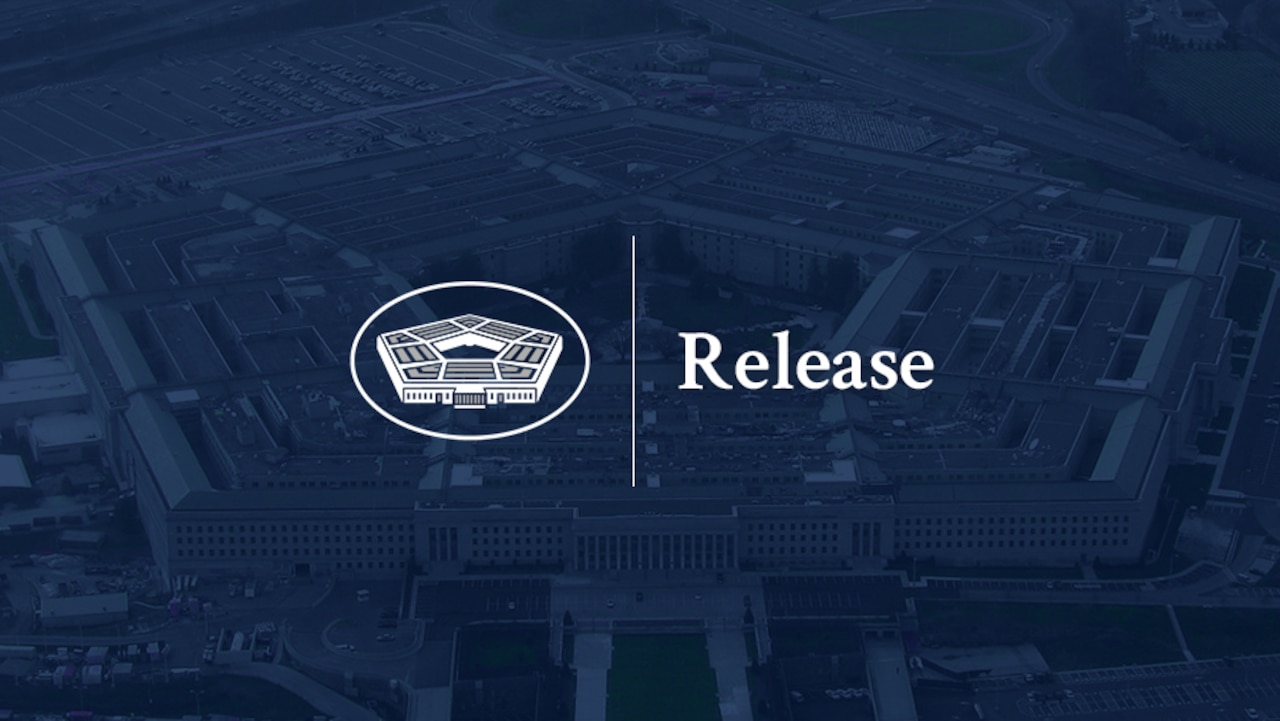AI is an integral part of the non-terrestrial networking industry.
We all know that artificial intelligence is transforming every sector. One industry that is still nascent today, but will be critical to all of us in the future, and that could hardly exist without AI, is space telecommunications – or non-terrestrial networking, as participants prefer to call it. At a conference on NTNs in Riyadh last month, industry leaders discussed how to ensure their potential benefits are realized, including global connectivity, a better understanding of our planet and progress towards a multiplanetary future.
The importance of NTNs
One reason why NTNs are so important is that they will bring true connectivity to the entire planet. Delegates at the second international forum ‘Connecting the World from the Skies’ last month in Riyadh, a conference co-hosted by the International Telecommunication Union and the Saudi Communications, Space & Technology Commission, heard that over the past two years the number of people without reliable internet access fell from 2.7 billion to 2.6 billion. A hundred million more people connected is a very good thing, but there is clearly still a long way to go.
NTNs don’t just enable connectivity: they allow us to observe and understand the Earth. Their cameras and sensors collect vast amounts of data that, when analyzed, allow us to better understand how the climate works and what steps we need to take to halt and mitigate global warming. They let us monitor and manage natural and man-made disasters such as floods and fires. And they give us tools to optimize the use of natural resources and improve productivity in agriculture and other industries. For example, Ahmed Ali Alsohaili, director of Sheba Microsystems, says data from NTNs is indispensable to Aramco’s pipeline maintenance program.
The 1967 Outer Space Treaty prohibits sovereign claims to extraterrestrial territories, making the commercial exploitation of space a difficult proposition. But resource extraction is a gray area, and Xavier Lobao Pujolar, head of futures projects at the European Space Agency, says leaders are preparing for a future in which the supply of rare earths and other valuable materials can no longer be monopolized or controlled by a handful of countries.
There’s a lot of talk these days about how reusable rockets will allow us to establish colonies on Mars. This is sometimes criticized as a waste of resources that could be better spent caring for people here on earth. But the logic for making humanity multiplanetary is powerful. The Earth is vulnerable to man-made damage, as well as to external threats such as asteroid impacts. We literally have all our eggs in one basket, and that’s a risky position. If humanity wants to become multiplanetary, we need NTNs.
NTNs need AI
NTNs require the coordination of expensive assets at scale. Satellites and other high-altitude platforms must be navigated, adjusted and coordinated. Their use of scarce resources such as energy, bandwidth and spectrum must be optimized, and they must be monitored for errors and accidents. All of this must take into account the latency that comes with operating over hundreds and even thousands of miles.
As Mishaal Ashemimry, director of the Saudi Center for Space Futures, says, the frequency of satellite launches has increased dramatically in recent years and is still increasing. There used to be a dozen launches a year, and now they happen every week or so. There will be more in the next three years than in the past ten years. There is no way to manage, coordinate and optimize this number of remote assets without AI. The number of civilian satellites in orbit is currently less than 10,000, but will soon reach hundreds of thousands. Not even an army of people could handle this amount of space traffic. It also failed to control and analyze the tsunamis of data flowing back to Earth.
Objectives of the Saudi Conference on NTNs
The conference in Riyadh last month had a number of goals. One of these was to ensure that access to NTNs is maintained for everyone and not reserved for a lucky few. Spectrum needs to be shared between countries, and also between NTNs and terrestrial networks, which is a much larger industry. NTNs must be regulated fairly and efficiently, and that is easier said than done. The conference was entirely focused on civilian NTNs, military applications were out of scope.
One of the obvious challenges facing NTNs is the danger of space debris. If you’ve seen the movie Gravitystarring Sandra Bullock and George Clooney, you will be aware of the risk that two satellites colliding could cause a catastrophic chain reaction. Mishaal Ashemimry of the Center for Space Futures says if we don’t address this risk quickly, a damaging collision is inevitable. Establishing rules that everyone can agree to and adhere to is difficult, and worryingly other delegates suggest that a serious accident may have to occur before collective action can be taken.
Where Eagles dare
The variety of assets involved in NTNs is mind-boggling. Most of the deployed satellites are in low Earth orbit, between 160 and 2000 kilometers above us. They are cheaper to place in orbit than satellites further away, and they suffer less from latency and signal diffusion. But to be geostationary – to maintain a stable position over one spot on Earth – satellites must be more than 35,000 kilometers above it. Geostationary satellites waste no time traversing the 70% of the Earth’s surface that is covered by water. And each GEO satellite can ‘see’ a third of the planet.
Another kind of stable orbit is found even further away, at the five Lagrange points, two of which are a million kilometers away, and the other three much further. These orbits are stable relative to the Earth-Moon or Earth-Sun system, and they are useful for various types of scientific observations and experiments. ESA’s Xavier Lobao Pujolar says there is a race between the US and China to place satellites in these locations.
NTNs move closer to the ground and are also carried by High-Altitude Platform Systems, which are aircraft, balloons and drones. For example, Barry Matsumori, president and COO of Skydweller, describes how his company offers a low cost per unit of transmission because its aircraft – like a 747 but larger – is relatively cheap to operate and operate. It can also be geostationary, unlike LEO satellites.
A multipolar world
The vast majority of satellites currently in orbit are owned by American companies. Starlink has about 7,000 in LEO, each orbiting Earth every 90 minutes, 350 miles above us. It has definite plans to deploy another 5,000, and could eventually launch as many as 30,000. Amazon’s Project Kuiper currently has just two in orbit, but plans to launch 3,200, half of which should be ready by mid-2026. U.S. government agencies operate another approximately 200 non-military satellites, including the 31 that provide the GPS system we all use in our digital maps.
It is not lost on anyone that the US has become a less predictable and less reliable partner – in NTNs as in every other area. China has been building out its satellite constellation for years, but other countries are increasingly considering how to maintain access to NTNs. Eutelsat, a company majority owned by European and Indian interests, operates about 700 satellites, and the EU plans to launch another 300 in the coming years under a program called Infrastructure for Resilience, Interconnectivity, and Security by Satellite.
Saudi Arabia in space
Saudi Arabia is keen to play a leading role in the development of this multipolar world. Martijn Blanken is CEO of Neo Space Group, an organization founded by the Kingdom Government Investment Fund. He says Saudi Arabia cannot skip Starlink and Kuiper, but the Kingdom maintains good relations with almost all countries in the world and NSG wants to become a preferred supplier of NTN-related services.
The Kingdom has deployed 17 satellites since 2000 and plans to spend more than $2.1 billion on space initiatives by the end of the decade under its ambitious Vision 2030 program.
It will work with other countries to build satellite constellations and ensure that strong, effective regulators enable fair access to space telecommunications for all.







